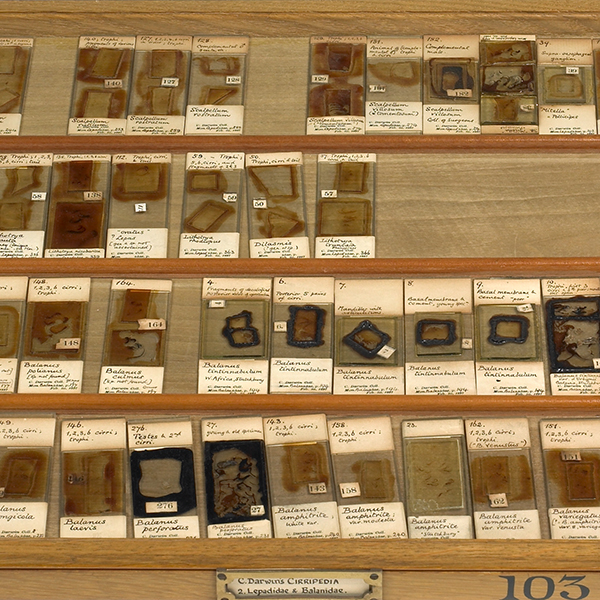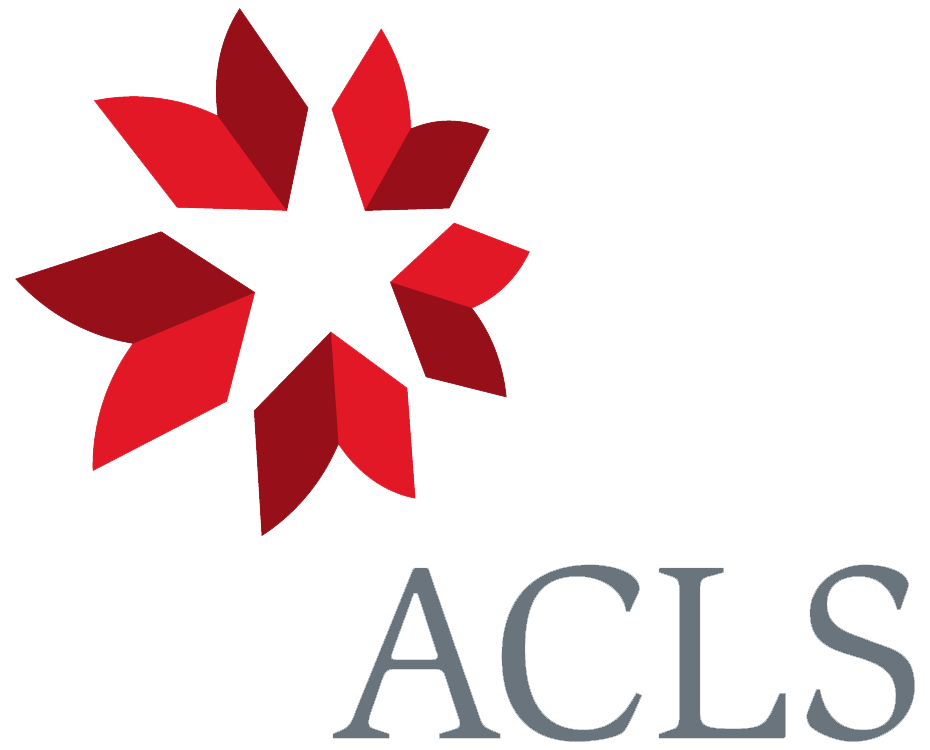One of the most exciting aspects of Charles Darwin's correspondence is the opportunity it gives to researchers to 'get to know' Darwin as an individual. The letters not only reveal the scientific processes behind Darwin's publications, they give insight into his personal life-the world of his family, his circle of friends and his community. This set of resource modules has been designed with the hopes of sharing some of the knowledge gained from our work on Darwin's correspondence with university students.
This set of resource modules was created in collaboration with a teaching team at Harvard University in Cambridge, Massachusetts. Research assistants from the Darwin Correspondence Project joined in a new Freshman Seminar at Harvard called "Getting to Know Darwin." The class, conceived of and taught by William (Ned) Friedman, Director of the Arnold Arboretum at Harvard University and Arnold Professor of Organismic and Evolutionary Biology, was composed of first year undergraduates, most of them future science majors. Ned reflects on the class in the following video.
Darwin Resources from Darwin Correspondence Project on Vimeo.
The experiences and resources from the course have been carefully translated into this set of teaching modules. Each module features a theme from Darwin's research and life. In every module you will find:
1. a set of selected letters
2. excerpts from Darwin's published work and, in some cases, from the work of his contemporaries
3. relevant material from Darwin's archive
4. discussion questions
5. examples and suggestions for classroom activities.
Each module begins with a brief introduction to provide background and thematic context, as well to guide students as they read the correspondence and auxiliary materials.
The objective of the course was to introduce students both to Darwin's most influential ideas, and to the man behind the theories, by integrating close reading of a selection his published works and correspondence with experimental science. Over the course of the semester, students read selected chapters from On the Origin of Species (1859) and several of Darwin's other published works dating from his days as a teenage medical student in Edinburgh to his final years at Down House, his home in Kent. The students analysed each topic in the context of Darwin's correspondence, and then recreated some of the very experiments and observations that he himself undertook.
Topics ranged from Darwin's early life and education, to the evolution of instinct and the mind, to the power of movements in plants, to his home and family life. Students dissected barnacles, tested the effects of salt water on seeds, observed the habits of insectivorous plants, and investigated whether earthworms can hear. Most of the laboratory experiments were low-tech, often requiring little more than a magnifying lens, a notebook for recording observations, a couple of spoonfuls of mud, and a green thumb. In some cases, the class updated Darwin's technological arsenal: for example, when observing the action of climbing plants students used time-elapse photography (on their smart phones) instead of rulers and pens!
Integrating Darwin's correspondence with exercises in experimental science and study of his published work has been a great success. For students in the course, reading the letters enriched their understanding of Darwin's life and work. The letters provided "a glimpse of his thought process" and "brought the other works we were looking at to life, and gave much context to who Darwin was from childhood to old age, as a father and a husband, and ultimately as a scientist." They showed students "what excited him, what his hobbies were, and what went on in his daily life." This kind of historical texture was not merely incidental to students' learning. As one student in the course put it, "These details may not be present in On the Origin of Species, but they are, in my opinion, an integral part of the full comprehension of it. Knowing that Darwin was a devoted family man, meticulous observer, and a charming individual is more than just interesting - it gives his published work more purpose."



